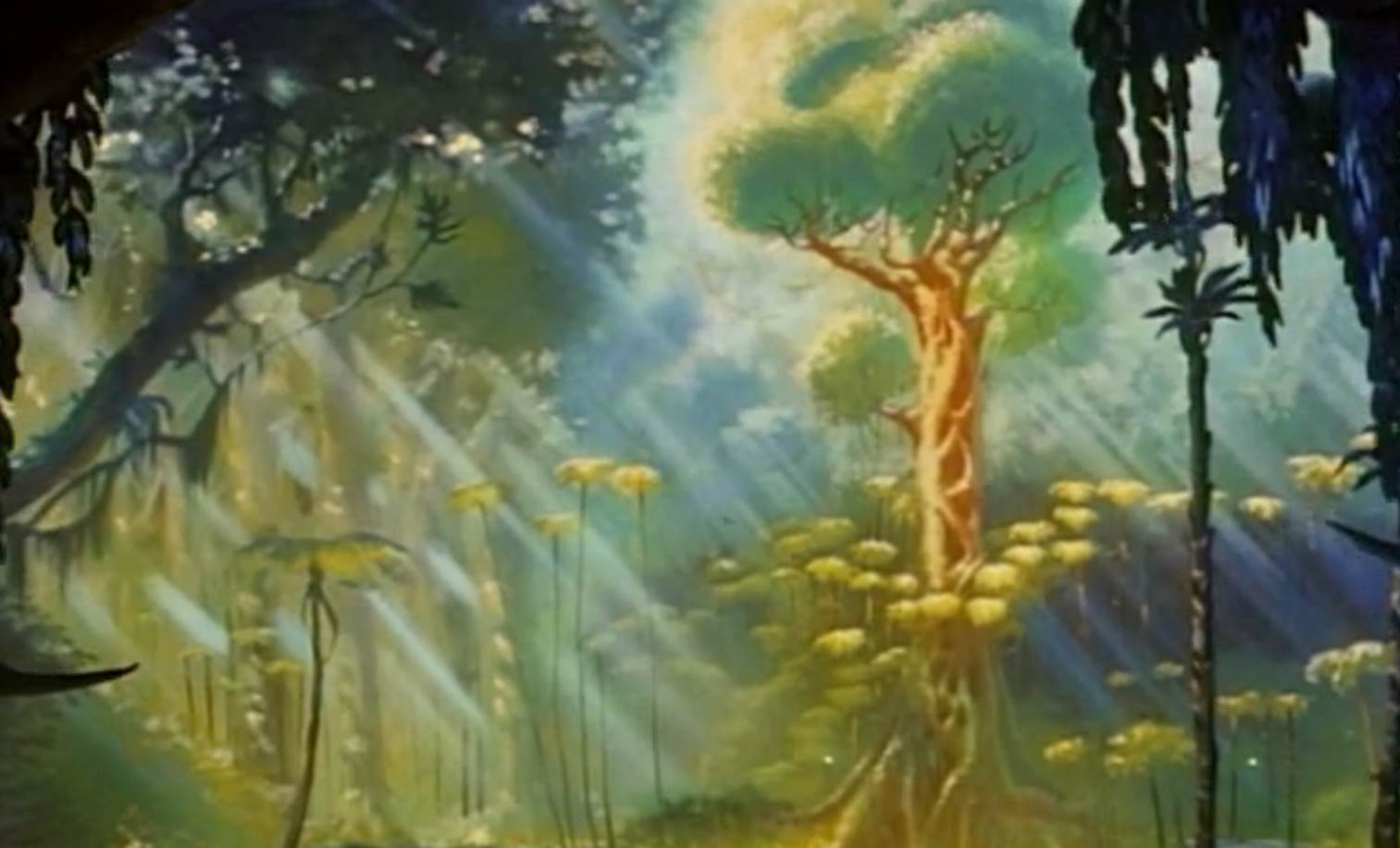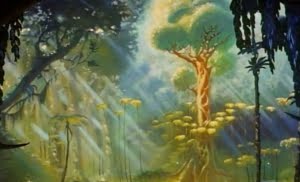
Fantastic Restoration: An innovative technique for improving landscape conservation
APRIL 1, 2016. Ecologists have recently deployed a new method of restoring habitats. The technique allows conservationists to eliminate unwanted invasive species from the landscape and achieve restoration successes previously unattainable, with species diversity and community structure implemented to precise specifications. The method involves projecting images of plants, animals and physical features onto bare soil. The images include a blend of real species and animated organisms that move and interact in real time. The project P-I’s have found several advantages of this approach over traditional analog restoration.

In practice, a series of solar-powered micro-projectors are deployed across the landscape with wireless connection to a networked computing facility. The projected images overlap to cover all terrain in the restored area. Images come from a set of stock photos and video that ecologists and animation artists have selected to represent the community composition desired at the site. The project is a collaboration between Habitat International®, a global consulting firm, and Disney Studios, with guidance from Pixar Animation. The method is called Fantastic Restoration because it draws from techniques developed in the animated movie, Fantasia.
“As a restoration ecologist, I’ve long wanted to unleash my creativity in ways that would actually work without invasive species wrecking everything,” said a Habitat International technician. “So far, anyway, no animated weeds have crept into the projected habitats, but we do see wild creatures expanding into the restored areas.”

The approach allows for not just the restoration of a designer habitat types, but also the disturbance regime that may be needed to maintain them. For example, grasslands that depend on frequent fire are “burned” with projected fires without risk that the inferno will escape and damage nearby private property or structures. In addition, habitats can move through daily or seasonal changes, migrations of animals, etc., simply by altering the projected scenes. The resulting landscapes are highly resilient and only require frequent applications of herbicide to suppress any actual vegetation from establishing.
Amos B. Dreamin, a senior member of the team, noted that “at one site we wanted to restore some of the Pleistocene megafauna but we didn’t have any pictures of a woolly mammoth. Through our partnership with Disney we were able to use video of Dumbo and talking animals from Ice Age instead. And despite the size of some of these animals, none of the neighbors have complained! It’s been a terrific success with rave reviews.” At one site, no contemporary habitat that would be sustainable at the site could be found so practitioners used footage from the animated movie Fern Gully to revegetate the area. Faeries from the nearby forest have entered the scene and have flourished!
Climate change can be accommodated by creating ever more novel combinations of real and imaginary species, and including “migrant” taxa from adjacent warmer or drier sites. “We’ve created a natural context for all ecological processes and interactions, limited only by our computing power,” said Jagatta B. Kiddinme, lead environmental engineer on the project. “Habitat restoration is now possible literally anywhere we can put a projector. What could be better?”
Funding for these restoration projects is largely covered by product endorsements slipped into the restoration projections, such as squirrels eating from discarded bags of Doritos and deer talking on iPhones. The team responsible for the project hopes to move from simple projections of these restored landscapes to next-gen holographic images with which humans and other organisms can interact. According to Kiddenme, “by going holographic we’ll be able to light up these landscapes better than the actual living organisms ever could. Nature is safe with us.”
We hope you enjoy this story to commemorate the 1st of April!
